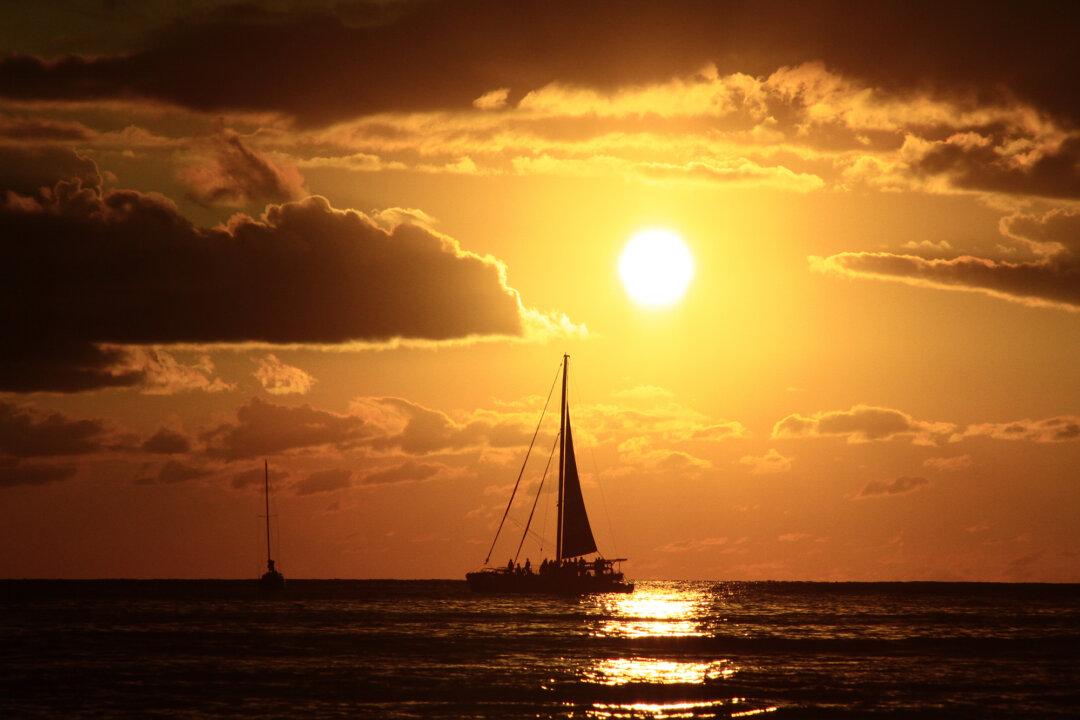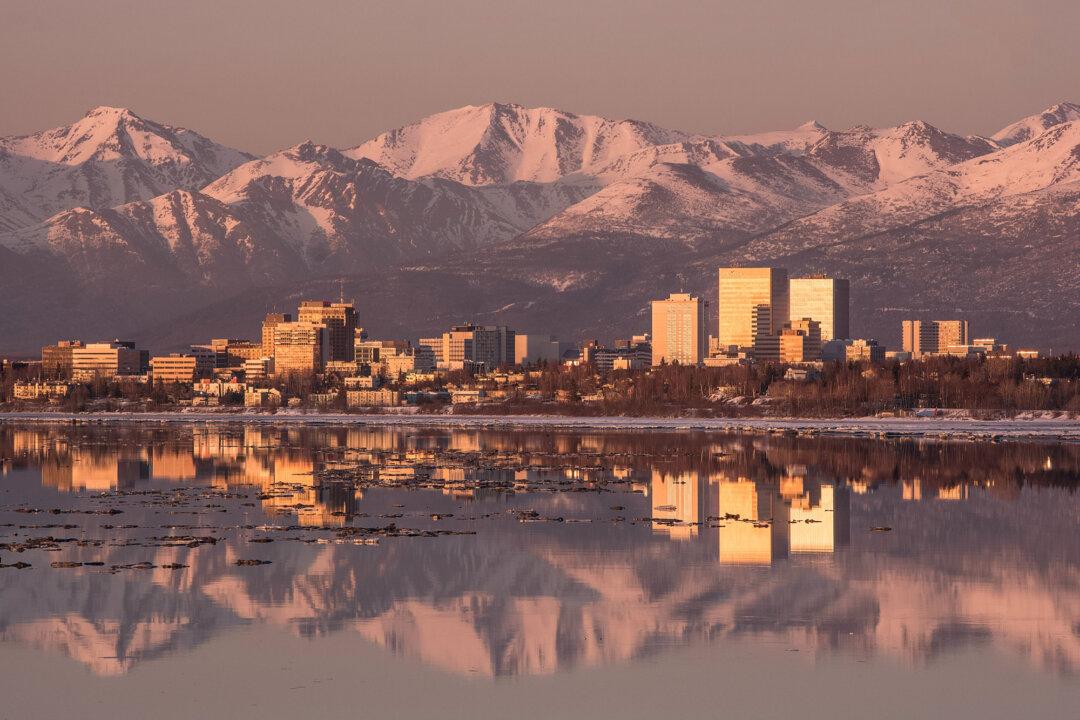There’s just something about long, sunny, summer afternoons surrounded by vines. The sense of nowhere to go and nothing to do. Except, of course, to sip some wine and have a good chat.
Today, it was a tasting—reds and a few whites, but not yet the bottles that were intentionally drowned in a lake.





